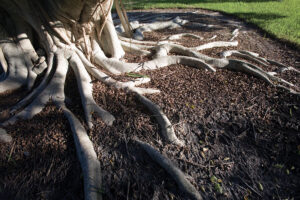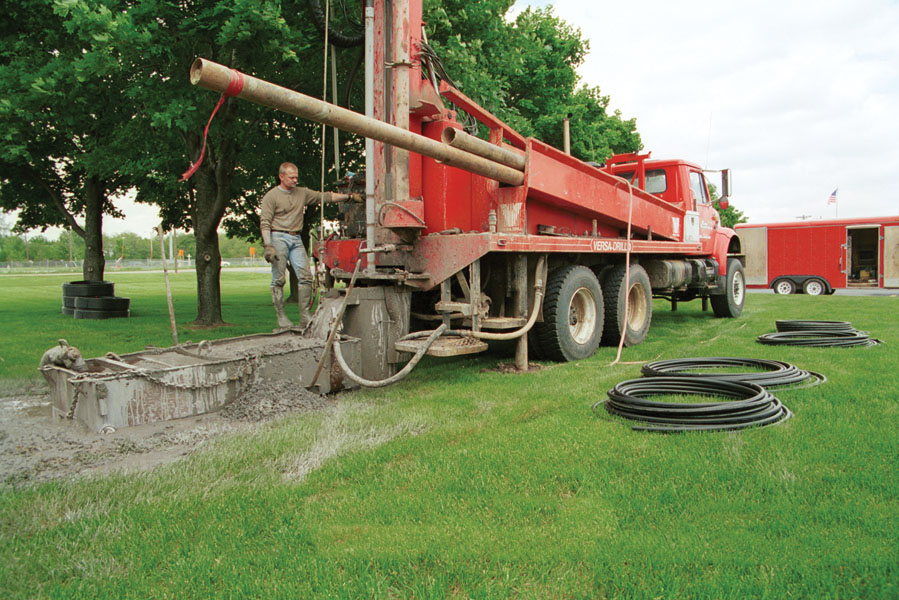 While many take pride in their lawns, shredding hundreds of pounds in mental anguish this summer, the smart gardeners look at their trees and shrubs as something more important.
While many take pride in their lawns, shredding hundreds of pounds in mental anguish this summer, the smart gardeners look at their trees and shrubs as something more important.
This is not to say that any misguided and misplaced intent to make sure the lawn remains green and lush through the worst summer in our recent memories, since they are limited to about five years, is wrong. What someone does with their time, energy and money is their business.
Still….
Trees and shrubs suffered this summer. Thankfully, the heat and drought did many of the harmful insects in, so damage to plants was somewhat abated. Somewhat. However, even a little bit of damage when the plant is down and out for the count is magnified a hundred-fold.
With apologies to Eric Idle, always look on the bright side of life, especially when it comes to the woody ornamentals.
While summer was brutal, fall and winter are more important. Vastly.
Tree and shrub roots hate hot temperatures. While tomatoes and cucumbers are thriving, the woody roots tend to shut down, just taking in enough water for the plant to survive. That’s all well and good when there’s ample moisture. When there isn’t, the plant starts shutting down.
But cool fall temperatures and the dream of moisture turns the tree and shrub roots around.
As long as the soil temperature is above freezing but less than 65-70 degrees F., the roots will grow and grow and grow. In fact, most root growth occurs between October and April, and not the other way around. All you have to do is take a trip into the woods during a January lull, scrape away the leaf litter on the ground, and look at all the new white roots growing.
So, our goal right now is to make
sure there is ample water and nutrients for the plants to replenish their root system during the winter.
Moisture is crucial. Any rain is helpful. So is snow, but not this early. While it seems counterproductive, any sprinkling, irrigation or deep-root watering as the leaves are turning and dropping is the route to take. Water thoroughly, deeply and at least every two weeks until the ground freezes which usually happens around the first of December.
If Nature decides to provide several inches of moisture, you probably can cut your watering back. And while some is better than none, rains of less than a quarter-inch really don’t help the trees and shrubs as much as it helps the lawn.
Mulch newly planted trees to keep the ground from freezing fast and allowing roots the chance to grow. On older trees, shredding the leaves with a mower instead of bagging is a way to provide mulching and some nutrients.
Fertilizing is also a way to stimulate root growth, but all the nitrogen, phosphorus and potassium won’t do a thing unless there’s moisture.
And of all the trees and shrubs, the evergreens need the water more than the plants that shed their leaves.
Lastly, hope for lots of snow, or rain, or snowy-rain, but not sleet, and definitely not ice. Moisture during the winter will slowly replenish what’s needed in the soil.








